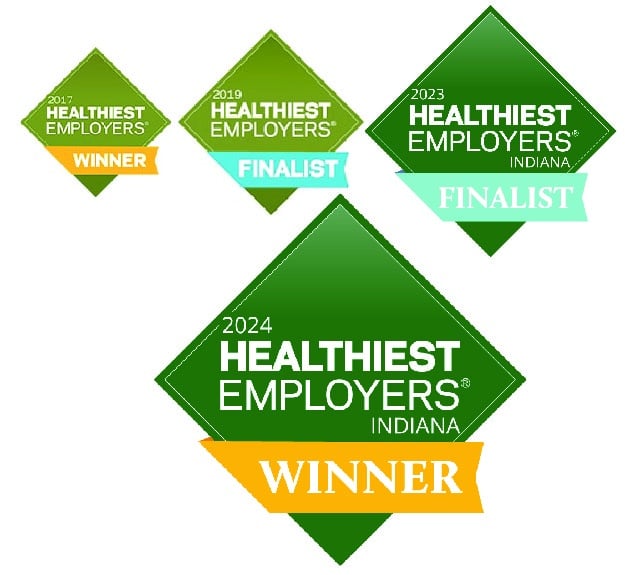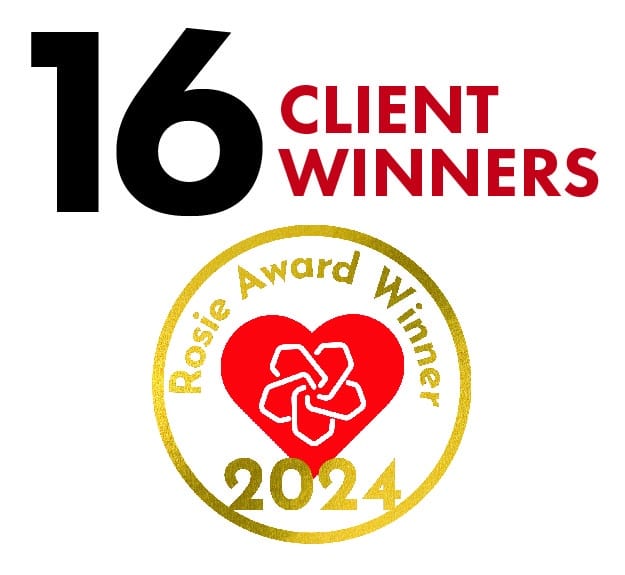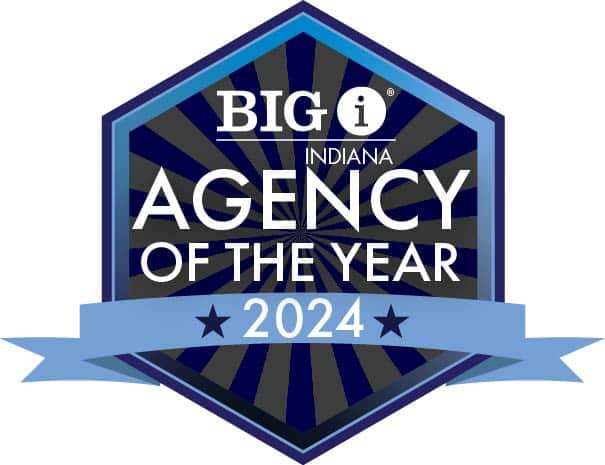Extreme Costs of Gene Therapy Treatment – What You Need to Know

The costs of gene therapy treatment. Being diagnosed with a rare disease, whether acquired or genetic, can be devastating for an employee. Fortunately, in the last several years, an increasing number of specialty drugs, such as gene therapy products, have become more available. However, these treatments can create major financial challenges for employees — and employers.
If not prepared, a single employee treated with a gene therapy product has the potential to significantly increase the costs for a company. Manufacturers spend millions of dollars in research, time and resources to bring new treatments to the market, which contributes to their high costs. This year, several cellular and gene therapy drugs have been added to the FDA-approved products list, one that could quickly grow in the United States as more products reach clinical development.
EMPLOYERS NEED TO ACT NOW
Gene therapy drugs have the potential to cure disease or dramatically improve the lives of those suffering from debilitating conditions. For example, Zynteglo, a stem cell-based gene therapy, is used to treat transfusion-dependent Beta-Thalassemia, a genetic blood disorder that results in a decrease in the production of hemoglobin. This disorder requires specialized treatments and carries risks of anemia and blood clots. While treatment with Zynteglo could be life-changing for these patients, it can come with an estimated cost of $2.8 - $3.6 million.
While these medications treat only a fraction of the population today, the FDA recently launched a pilot program to accelerate the development of those drugs currently in clinical trials in the hopes of producing more options for those suffering from life-threatening diseases. Today, the five most popular gene therapy drugs currently available are: Zolgensma, Spinraza, Luxturna, Skysona, and Zynteglo. These drugs can cost anywhere between $800,000 to $3,000,000. And with the potential for more gene therapy products waiting to be approved this year, employers need to be ready.
QUESTIONS TO ASK
Talk to your consultant today about strategies to manage these medications within your benefits plan. To help gain insight into your plan, consider these important questions:
- How are gene therapy and specialty drugs covered in your plan today?
- Are they partially or completely covered?
- Are they excluded from the plan entirely?
- Is there a limit of how many employees can be treated?
- What cost containment strategies are you talking about with your consultant to address these medications going forward?
As more specialty drugs enter the market, more people could benefit from these life-changing treatments. Discover how and if your plan is designed for this type of coverage and then design a strategy that can help support your people when they need it. Changes to your plan don’t have to be big or occur instantly. A 3-5-year plan can be created with your consultant to maintain consistency and allow for gradual, meaningful change that doesn’t disrupt your workforce.
YOU HAVE OPTIONS
Every company and every benefits program is unique. Strategies that work for one business may not work for another. Gene therapy products are expensive and employers should begin discussions with their consultants about their options and strategize ways to manage the risk these medications present to their health plan, while still being able to provide life-changing treatments to patients with debilitating conditions.
As more gene therapy drugs are released, more employees could be offered hope. Help protect your employees and their loved ones. If you have questions about gene therapy and your employee benefits, don’t hesitate to reach out.












